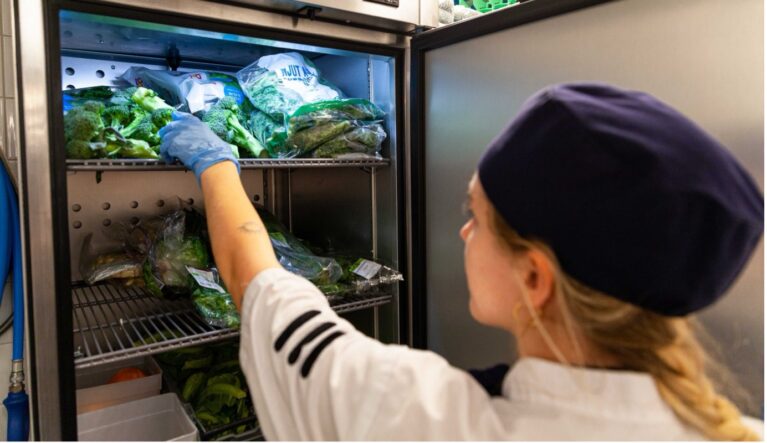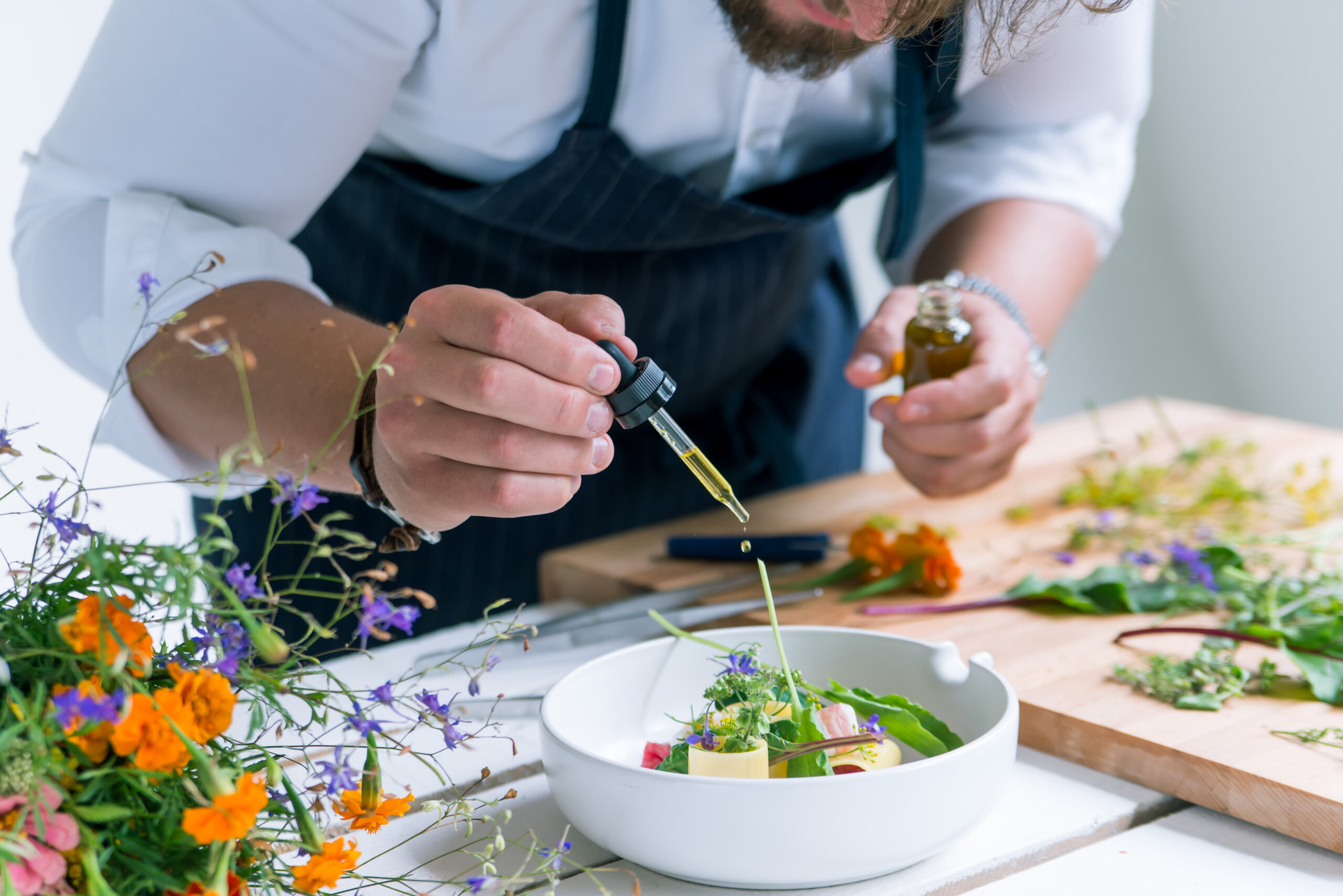Why you should choose True Refrigeration’s upright cabinets


From fashion and films to music and menus, every year is defined by trends, ideas and influences. The foodservice industry in Australia is no different. As we hurtle headlong into 2022, here are some of the trends we’ll be watching closely this year – many of which have a direct influence on the requirements of commercial kitchens and refrigeration systems. How many of these are you seeing in your business?
Craft brewing. Craft farming. Craft growing. Craft coffee roasting. In 2022, perhaps more than ever, consumers want to know exactly where their food and drinks are coming from – and the closer that is to home, the better. The desire for stronger ties to local communities, businesses and produce was already happening long before the pandemic, and we certainly don’t see it easing any time soon. How local is your menu?
Fast-casual dining is another trend on the rise. As the name suggests, it’s about delivering the speed of fast food with the menu quality of a more traditional eat-in restaurant. In many ways it’s based on the proven success of the ‘sushi train’ model. Whether franchises or stand-alone operators, expect to see food businesses searching for ever-smarter ways to deliver fantastic tasting meals and fantastic value – fantastically fast.
In our view, this might just be one of the biggest food industry legacies of the entire pandemic. During 2021, the continued disruptions of Covid saw a rapid rise in the popularity of at-home dining kits – and plenty of Australians loved the idea! The emergence of new businesses such as Providoor has allowed restaurants and cafés to support and/or supplement their usual cashflow, while letting diners to enjoy restaurant quality meals in the comfort of their own homes. Issues like portion control, storage and refrigeration – both before and after leaving your kitchen – can be a little tricky depending on your menu, but they’re well worth navigating because the demand for at-home meal kits is likely to see even more growth in 2022.

Having plant-based protein on the menu isn’t new. But 2022 is shaping as the year it really hits the mainstream. It isn’t just about animal welfare either. Australians are increasingly interested in the health, wellness and environmental benefits of vegetarian and vegan diets.
Clever chefs and food service operators are thinking way beyond veggie burgers and smoothies, and exploring the use of plant-based ‘faux meat’ in their menus – foods that look and taste like meat, but aren’t. You can even get meat-less sushi these days thanks to something called ahimi, a tuna alternative made from Roma tomatoes!
Australians were once renowned as some of the world’s biggest drinkers. But things are changing quickly. ABS data in 2018 suggested Australians were drinking less alcohol than at any time since 1961, while a Roy Morgan study just last year found the average Australian’s alcohol consumption continues to fall, year-on-year. On the surface this may seem bad news for the hospitality industry. However, as always, it also provides opportunities for trend-savvy operators who are able to adapt their menus and drinks lists accordingly. After all, Australians still want to enjoy a drink with their meals!
Just take a look at your local bottle shop or supermarket. There’s been an explosion – in both quantity and quality – of low and zero-alcohol beers, wines and cocktails. Back in June 2021, the Endeavour Group (parent company of BWS and Dan Murphy’s) told Smart Company its sales of non-alcoholic drinks had almost doubled in just 12 months, making it one of their fastest growing categories. We expect to see even more of this growth in 2022, and beyond.
Want help getting your commercial refrigeration equipment up to speed for 2022?